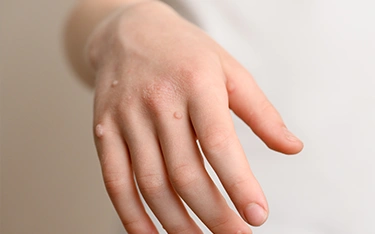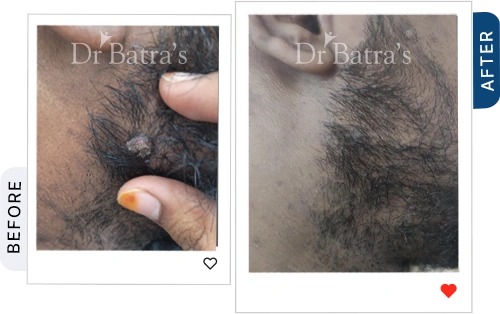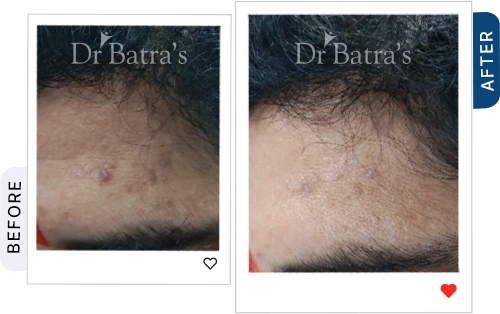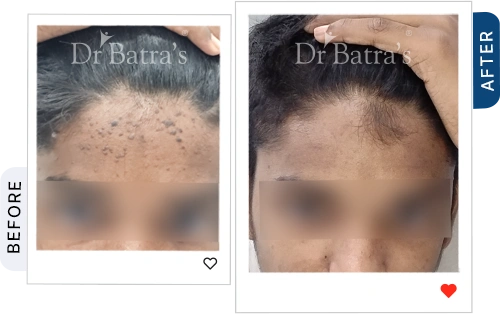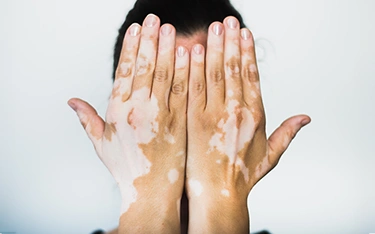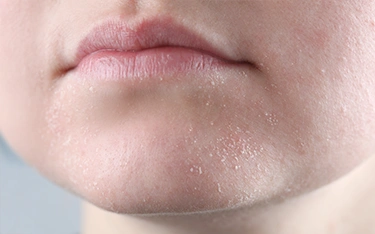FAQs
Are warts contagious?
Yes, warts are highly contagious and can spread through direct contact or contaminated objects.
Can warts disappear on their own?
Some warts may go away naturally, but others persist for months or years without treatment.
How can I prevent getting warts?
- Avoid direct contact with infected skin or surfaces
- Keep skin moisturized to prevent cuts and cracks
- Practice good hygiene and avoid sharing personal items
- Wear protective footwear in public showers or pools
Is it safe to remove warts at home?
Over-the-counter treatments may help, but self-removal methods can lead to infection or scarring. Professional treatment is recommended.
What should I do if over-the-counter treatments don't work?
If warts persist, consult a homeopathy expert or dermatologist for effective treatment options.
